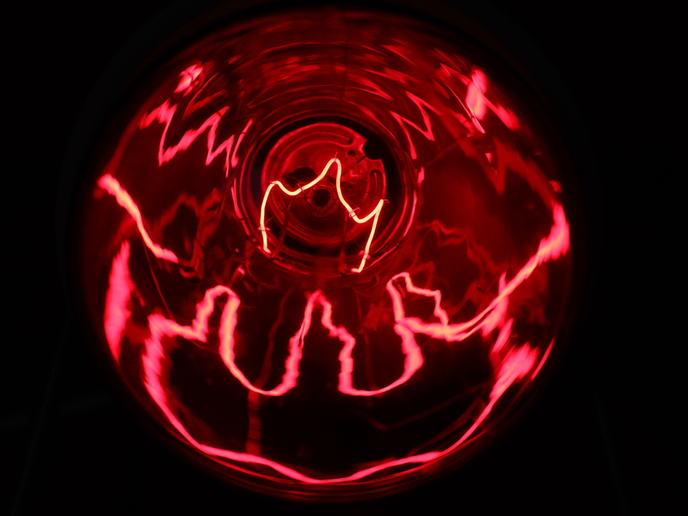Diamonds can be a nanopore’s best friend
A sensor capable of detecting changes to DNA is important for medicine but gleaning information about DNA requires technology that allows access to a single molecule. The EU-funded BIONANODIAMOND team at Warwick University, UK, built on pore technology work to devise a synthetic diamond-based platform for DNA sensing. ‘Pore technology can be useful, because if the pore is small enough you can thread one DNA molecule at a time through the pore and take measurements molecule by molecule,’ says Julie Macpherson, professor of chemistry at Warwick University. The difficulty is making the sub-micron sized holes, often just bigger than a few atoms and much smaller than a human hair. In previous research by team members, tiny metal wires were etched to a sharp point and sealed in glass. The metal wire was then dissolved, leaving a hole. Because the hole is still too big to channel molecular-sized single particles, a pore-forming protein was suspended within a lipid bilayer spanning the hole. Project researcher Robert Johnson describes this as a ‘protein pore held within a glass pore.’ ‘When the seven building blocks of the protein encounter the lipid bilayer, they assemble into an open channel — a tiny hole with a known diameter that spans the lipid bilayer,’ Dr Johnson says. ‘The DNA molecule breaks apart within the pore of nanometre dimensions. Once DNA is inside the pore, ions are displaced which causes a change in the electrical current. This current change indirectly tells us something about the structure of the DNA and in this way the pore acts as a sensor.’ ‘You can see things that you don’t see in a bulk measurement,’ he adds, so the nanopore can be used to examine changes to DNA structure that can lead to disease rather than simply identifying pieces of DNA related to a specific disease. A more robust platform With the aim of working towards a more robust commercial DNA sensor device, the project team built on this pore research to develop a solid-state diamond pore. ‘Instead of using a biological system to make the smallest hole, we did this in solid material, producing a synthetic diamond platform, with the ultimate aim of DNA sensing,’ Prof Macpherson says. ‘For a commercial device you need to routinely make many pores at a time so the material needs to be robust with the same geometry each time you make the pore. Synthetic diamond lends itself to mass fabrication. Moreover, diamond does not react to its environment or change its size and a diamond pore can be cleaned easily.’ In addition, diamonds’ outstanding electrical properties facilitate fast, low-noise current/time measurements so that dynamic events can be detected faster. First to use diamonds The team has patented the concept of a diamond nanopore sensor. ‘Through this project, we were the first to show this is possible using a diamond platform,’ Prof Macpherson explains. The pores can be produced using a combination of laser micromachining to form the single crystal diamond membrane and electron beam-induced etching to create the pore. ‘The same etch techniques used to fabricate components in silicon chip processes can also be used with diamond, which provides the opportunity to scale up for future commercial fabrication, Professor Macpherson concludes.







